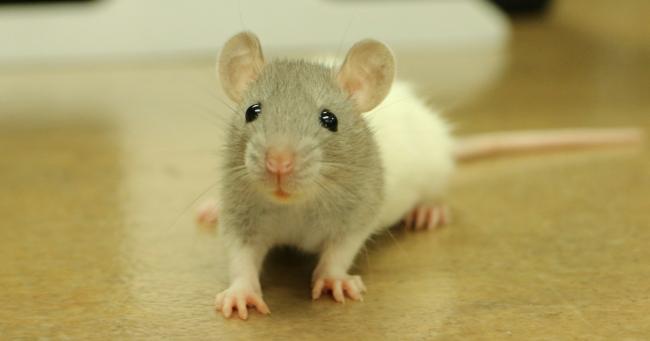
Today, animals are widely used to develop and test medicines, diagnostic tools, and medical devices; to study nutrition, food ingredients, and biotechnology; and to ensure the safety of food for humans and animals, as well as for testing chemicals and new materials across industries. All of these areas fall within the scope of the new strategy, giving it the potential to drive change toward more humane and innovative scientific practices.
One of the strategy’s most promising aspects is its emphasis on supporting the development, validation, and uptake of innovative experimental methods that do not involve the use of live animals. The European Commission commits to working with Member States, industry, academia, and regulators to accelerate the availability and regulatory acceptance of these New Approach Methodologies (NAMs). The stated goal is to speed up the development of safe and effective medicines and improve the safety testing of chemicals and other products. This approach is expected to help industry innovate faster, reduce costs, and make research more sustainable.
Concrete funding commitments include €50 million allocated under Horizon Europe between 2026 and 2027 specifically for non-animal methods, alongside an expected European Research Area (ERA) policy action to promote these approaches. In addition, the strategy includes an €8 million investment in a Virtual Human Twin Incubator under the Digital Europe Work Programme 2025–2027 and highlights the role of artificial intelligence in driving both clinical research and scientific careers.
While these financial commitments are welcome, they are modest in comparison to the overall €10 billion in EU funding dedicated to implementing the Life Sciences Strategy. Ensuring that a more significant portion of this investment supports the transition towards non-animal science would align with both the strategy’s innovation goals and societal expectations.
The strategy also recognizes the need for better coordination across EU institutions, Member States, and life sciences stakeholders. A more holistic approach—one that prioritizes non-animal research infrastructures, skills, and career development—could maximize the impact of this investment and help harmonize training and education in emerging technologies. Innovation-friendly legislation will also be essential to ensure that scientific progress is not hampered by outdated regulatory frameworks. The Commission’s plans to propose a Biotech Act and update legislation in areas such as health, medical devices, and food are steps in the right direction, but without explicit alignment with the Commission’s own Roadmap towards phasing out animal testing, the impact on animal use could remain limited.
Importantly, the strategy acknowledges that scientific innovation should reflect citizens’ expectations. Public demand for the phase out of animal testing has been expressed through successful European Citizens’ Initiatives, including Save Cruelty-Free Cosmetics and Stop Vivisection, and reinforced by opinion polls showing that 77% of EU citizens support a transition to non-animal science. To meet these longstanding demands, the strategy’s actions will need to be explicitly oriented towards reducing the use of animals in life sciences.
Missed opportunities
While the strategy usefully connects to key initiatives such as the ERA policy agenda and the forthcoming Biotech Act, it misses the opportunity to explicitly link to the upcoming EU Roadmap towards phasing out animal testing and the development of a European Test Method and Validation Strategy. These initiatives are central to creating a science and regulatory environment that is both innovation-driven and capable of reducing reliance on animal testing.
For example, the Roadmap is expected to promote a structured, cross-sectoral approach that includes collaboration between agencies, national authorities, and stakeholders to ensure that regulations and regulatory practices keep pace with scientific advances. By failing to fully integrate this initiative into the Life Sciences Strategy, the Commission risks slowing the momentum towards an animal-free safety testing framework.
Additionally, while the strategy addresses critical issues related to human and animal health, environmental protection, and climate change, it omits any reference to animal welfare. This omission is notable given that the current European Commission is the first to appoint a Commissioner dedicated to animal welfare—reflecting strong and consistent public concern for the wellbeing of animals. Citizens increasingly expect animal welfare to be considered across all areas of EU policy, including scientific research, regulatory frameworks, food systems, and food innovation.
The EU Life Sciences Strategy lays a solid foundation for strengthening Europe’s research and innovation ecosystem. It offers clear opportunities to support the development of non-animal science, modernize regulations, and promote more sustainable industries and food systems. However, to fully meet the expectations of European citizens and align with the EU’s ethical commitments, the strategy should explicitly integrate animal welfare considerations and ensure that its innovation policies actively contribute to the reduction of animal use in science.
The months ahead will be critical as the strategy moves into implementation. With thoughtful alignment, inclusive stakeholder engagement, and a focus on humane innovation, the Life Sciences Strategy can help position Europe as a global leader in ethical, cutting-edge science.









Discussion about this post